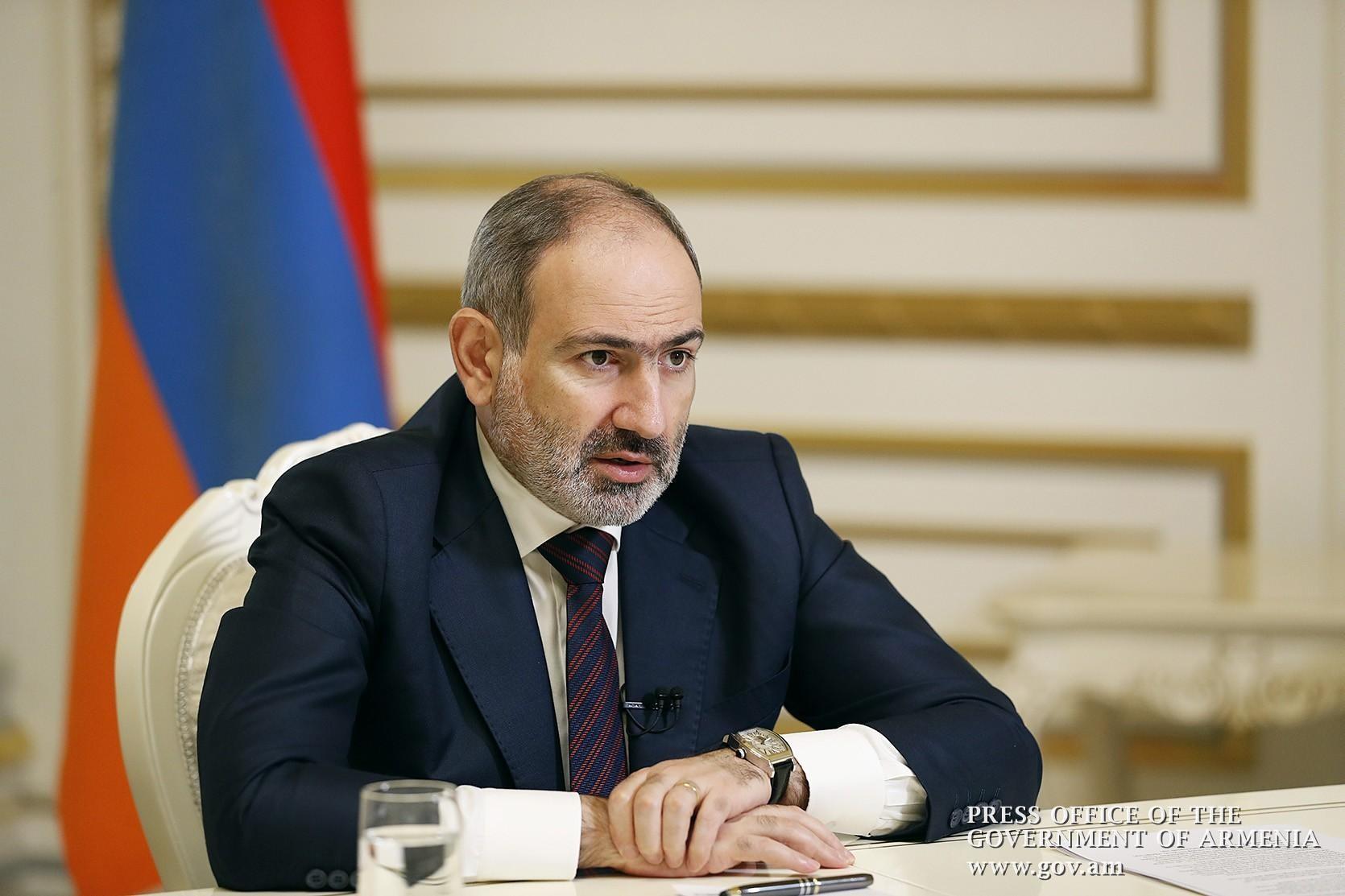
Pashinyan Avoids Specific Answers on Artsakh Defense Army
Armenian Prime Minister Nikol Pashinyan, who reached a ceasefire agreement with the Presidents of Azerbaijan and Russia on November 9, avoids giving specific answers to questions about the Artsakh Defense Army.
On December 16, when the Azeris had already (December 11) attacked and occupied the last Armenian-controlled area of the Hadrut region, the Khtsaberd-Hin Tagher section, and as it turned out, nine people had been killed and 64 taken prisoner, Hetq posed a few questions about the situation in Artsakh and Armenia’s border situation to Pashinyan.
In our previous article, we referred to the contradictory statements made by government bodies last December about what happened in the Khtsaberd-Hin Tagher section.
This time, we will return to two questions that, among others, we addressed to the Prime Minister Pashinyan.
The first question was based on the statements of the Azerbaijani side after the provocation in the Khtsaberd-Hin Tagher section. Although Point 1 of the November trilateral statement stated that "the Republic of Azerbaijan and the Republic of Armenia, hereinafter referred to as the Parties, remain in their positions", Azerbaijan violated that point on December 11 and attacked the Armenian positions of Khtsaberd and Hin Tagher.
The explanation of Azerbaijani officials, that the area was full of militants not subservient to anyone, was an obvious falsification typical of Azerbaijan.
Azerbaijan then contradicted its own words by stressing Point 4 of the trilateral statement – “Russian peacekeepers are deployed in parallel with the withdrawal of Armenian Armed Forces.” Thus, Azerbaijan justifies its escalation of hostilities this way; the Armenian army must be withdrawn from Nagorno Karabakh.
Pashinyan signed a paper that creates big problems not only for the present but also for the future. What does the withdrawal of "Armenian Armed Forces" mean? Is it about the RoA Armed Forces, and/or the Artsakh Defense Army? This is a point that is already being exploited by Azerbaijan.
Second, Azerbaijan and Armenia are considered parties in the statement, which notes that both must remain in their November 9 battlefield positions. In other words, was it a case of Armenia and Azerbaijan fighting each other? If so, had Republic of Armenia forces invaded Azerbaijan’s internationally recognized borders?
By signing the statement, Pashinyan basically strengthened the thesis expounded by Baku for years that this is a territorial conflict, and that Armenia has occupied a part of Azerbaijan. This statement, signed by Pashinyan, can be used by Baku as a "confession" of the Armenian authorities to the above.
Thus, one of our questions to Pashinyan was:
“Azerbaijan interprets the trilateral statement by the logic of Point 4, that is, the Russian peacekeeping troops are deployed in parallel with the withdrawal of the Armenian armed forces. Does this mean that there should be no Armenian forces in NKR? In general, what does this point, which has given rise to such an interpretation, mean? What kind of tripartite "understanding" was there during the signing of the statement?”
(P.S. - Pashinyan was the one that circulated the term “understanding” during a Dec. 13 National Security Council session when he announced that there was no mention of the Ghubatli and Zangelan regions in the trilateral statement because, when it was signed, most of these regions were under Azerbaijani control. As for the small area remaining under Armenian control, according to Pashinyan, there was an “understanding” during negotiations that a clarification of the borders must be done. It soon turned out that what was being talked about was the handing over of these areas as well to Azerbaijan, which happened in December.)
Here's the response we received from Pashinyan’s office.
“As the Prime Minister of the Republic of Armenia has repeatedly stated, the trilateral statement contains points that presuppose clear actions and obligations, as well as points that contain certain nuances and need further clarification. The Russian peacekeeping forces continue their deployment in the area of responsibility of the peacekeeping mission, and at the same time the units of the Artsakh Defense Army continue to carry out military service.”
From this we can conclude that there is no specificity about the Artsakh Defense Army, and the Prime Minister's Office admits that there are "points that contain certain nuances and need further clarification."
Hetq posed the following question as well:
“What will be the future of the NKR Defense Army? Will NKR have an army? What did you agree with Putin and Aliyev, at least verbally? What kind of tripartite "understanding" was there on this issue?”
Pashinyan’s office responded: “The Artsakh Defense Army carries out its functions aimed at the defense of Artsakh.”
This is an answer that says nothing and further underscores the current uncertainty regarding the Artsakh Defense Army.
 Videos
Videos Photos
Photos
Comments (1)
Write a comment